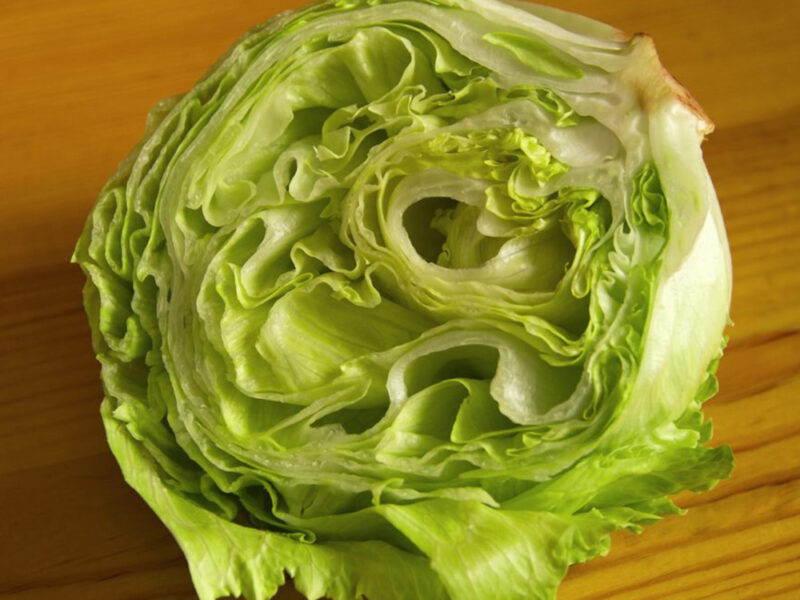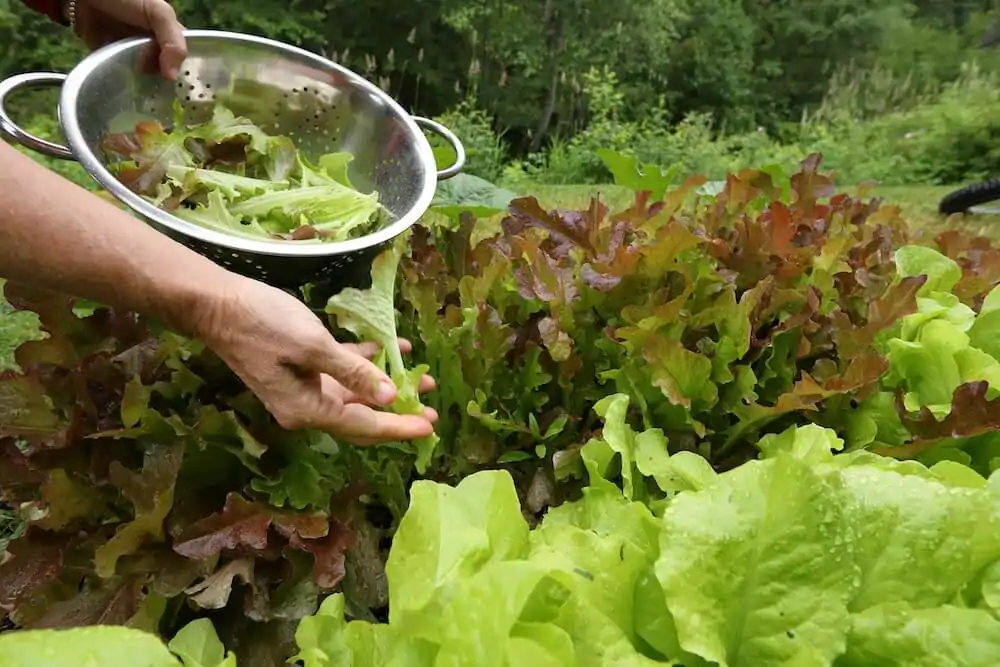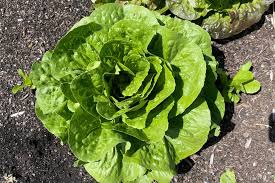Crisphead lettuce, particularly varieties like ‘Great Lakes’ and ‘Sierra’, may not always be the first choice among gardeners. Typically, leaf lettuces like ‘Salad Bowl’ and ‘Red Sails’ are favored for their rapid growth and nutritious dark leaves. However, many gardeners have come to appreciate the crunch and flavor of crisphead lettuces, which offer a delightful texture whether used in wedges, slices, or chopped in salads or tacos. Despite their popularity in grocery stores, growing crisphead lettuce at home can be a bit more challenging than other varieties, but with the right care, it can be a rewarding experience. Here’s how to get started.
Choosing the Right Varieties
Start with fresh seeds of crisphead lettuce, such as the classic ‘Great Lakes’ or other iceberg varieties like ‘Iceberg’, ‘Superior’, or ‘Red Iceberg’. Additionally, Batavian varieties like ‘Nevada’ (green) and ‘Sierra’ (red-blushed) are excellent options. These varieties have a similar texture to iceberg lettuce but form longer heads, offering a beautiful mix of color and crispness.

Planting Tips for Success
Crisphead lettuce has specific growing requirements that make it a little more finicky than other types of lettuce. Start by sowing seeds indoors about 6-8 weeks before the last expected frost. Lettuce grows best in temperatures between 45°F and 70°F (7-21°C), so it’s important to ensure your seedlings are ready for cool spring weather. Ideally, transplant them outdoors when the seedlings are around 4-6 weeks old.
Crisphead lettuce seedlings are often leggy at first, so it’s essential to pot them up to deeper containers as they grow, which will help strengthen the roots. When you’re ready to move them into the garden, choose a sunny spot with well-draining, fertile soil. A near-neutral pH around 6.0 is ideal. To improve the soil, work in an organic fertilizer and some dried seaweed or kelp to boost potassium, which helps grow perfect heads of lettuce. Space the plants at least 12 inches apart to allow proper airflow and avoid overcrowding.

Watering and Moisture Management
Proper moisture is key to growing crisphead lettuce successfully. The soil should be kept evenly moist, so water the plants deeply every other day. During hot spells, watering in the evening is recommended, as nighttime moisture helps direct nutrients to the heart leaves. Be cautious not to overwater, and use drip irrigation or hand watering between plants to avoid wetting the foliage. If you experience an early heatwave, consider using shade covers to protect your plants from intense sun and prevent heat stress.
Harvesting Lettuce
When it’s time to harvest, do so early in the morning when the heads are cool and firm with water. Carefully trim away any outer leaves that are damaged or dirty, and place the heads in plastic bags in the refrigerator. Lettuce harvested in the cool of the morning will stay fresh longer, and you can rinse the leaves just before use.

How to Make Pickled Lettuce
If you find yourself with an abundance of crisphead lettuce, pickling it is a fantastic option. To make a simple pickled lettuce, prepare a brine by combining 1 cup of vinegar, ½ cup of water, 1 tablespoon of sugar, and 1 tablespoon of salt. Add a few cloves of garlic and peppercorns or dill seeds for extra flavor. Cut the lettuce into chunks and pack it into a clean jar. Pour the brine over the lettuce and refrigerate overnight. The brine will draw moisture from the lettuce, increasing the liquid level and ensuring it’s adequately covered. This pickled lettuce makes a unique and flavorful side dish, perfect for Asian-inspired meals or as a tangy addition to sandwiches.

By following these simple tips, you can successfully grow and enjoy the satisfying crunch of crisphead lettuce, whether eaten fresh or pickled. Happy gardening!
